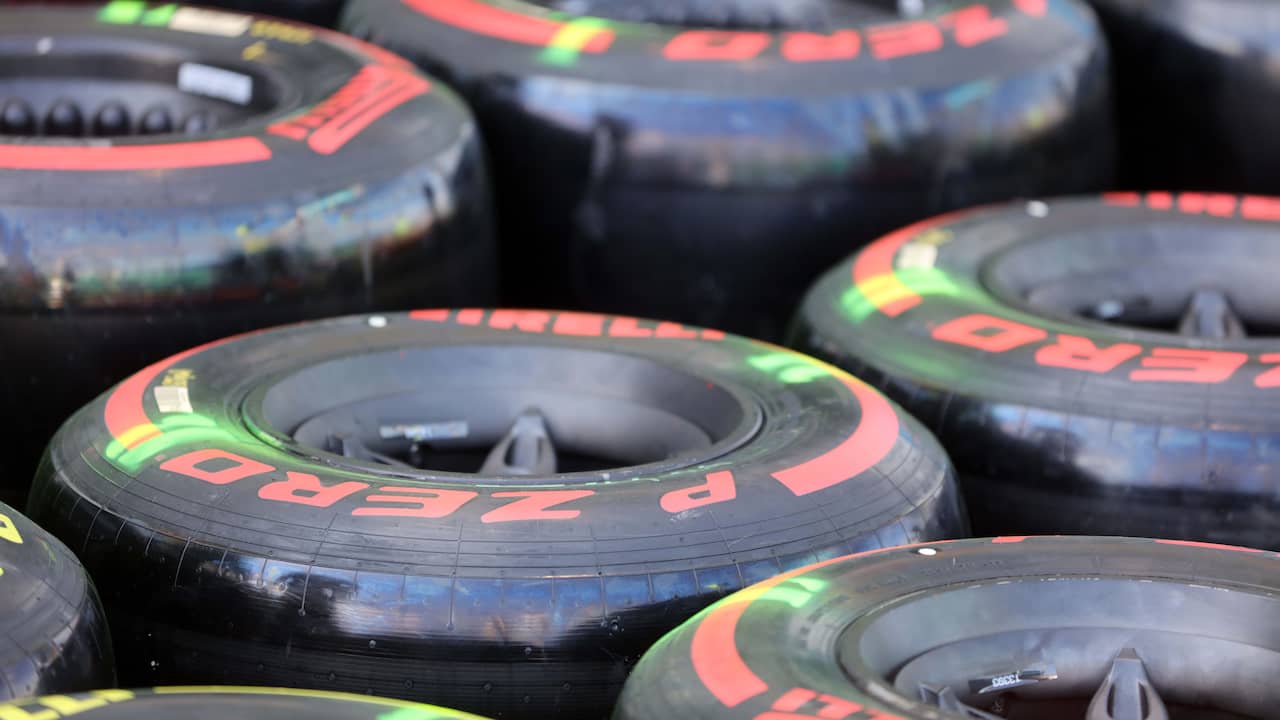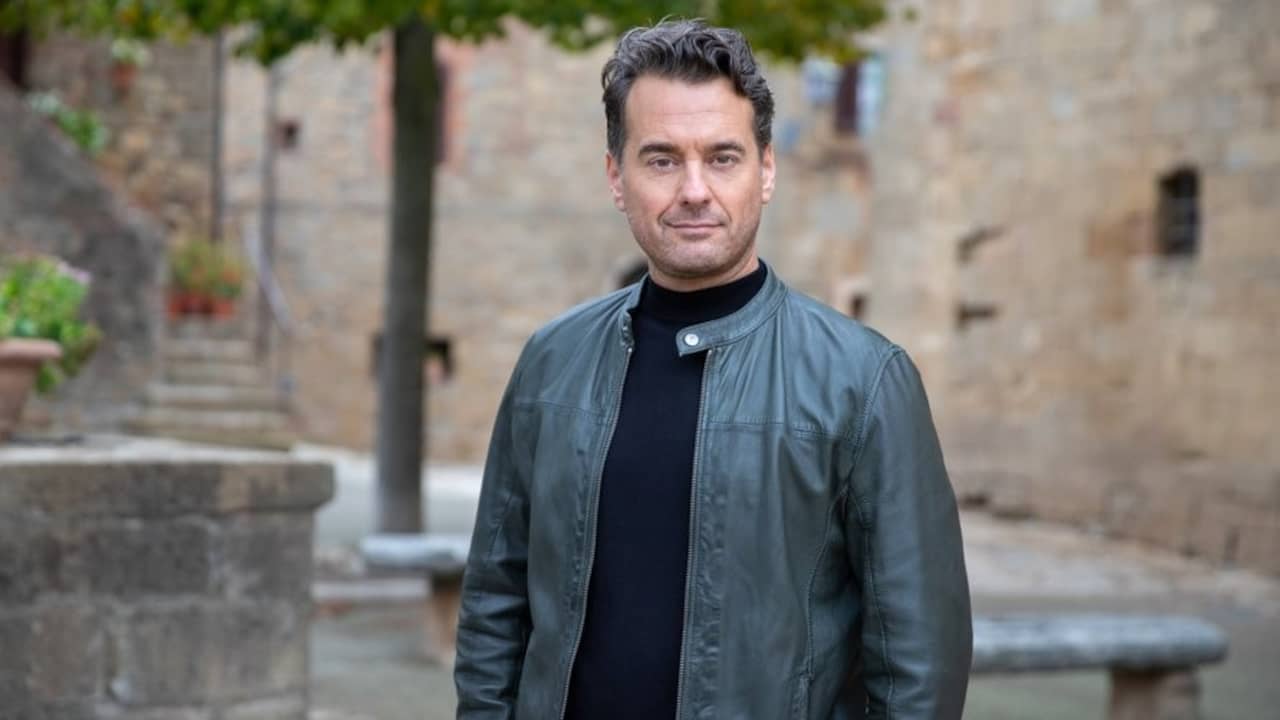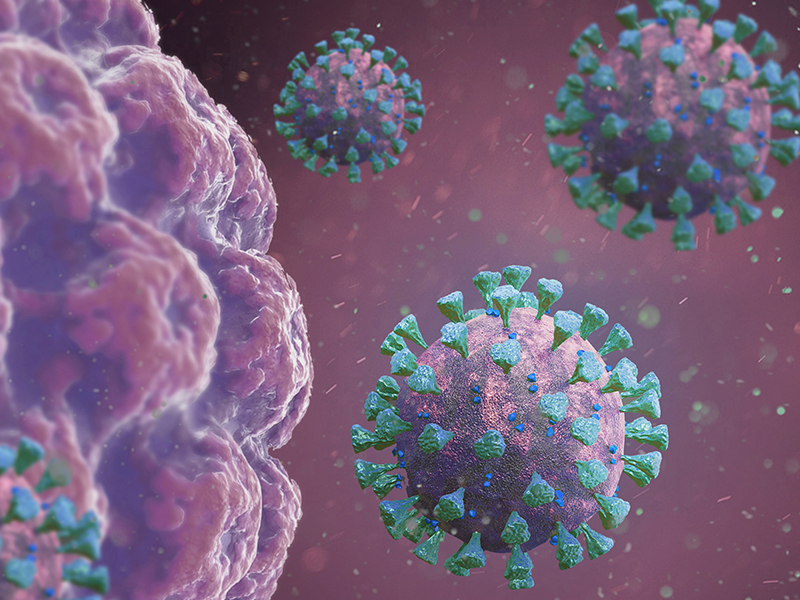Whichever driver wins the Grand Prix of Italy on Sunday (probably someone with a black car), the winner will do so with one pit stop under normal circumstances. Do the tires play too much of a role in predictability?
Tire supplier Pirelli foresees the following strategies during the race at Monza. “Everyone in the top starts on soft. The fastest over 53 laps is a one stopper, with a stop to the medium tire on lap 24”. According to the Italian manufacturer, from soft to hard is also possible. Then there must already be stopped in round 22.
The fact that a single stop is fastest without using the hard tire is an indication that Pirelli is taking tires that are too hard to the circuits. While the sport yearns for races with different strategies and more moments in which the undercut can be used.
The Italian manufacturer decides for itself this year how many sets the teams of which kind will get in a weekend. They also choose which types, or compounds, are available on a weekend.
For example, the red tire is the softest tire available every weekend, but in Spain this was a harder rubber compound than this weekend in Italy. Normally a tire wears faster if the rubber compound is softer. Pirelli has five compounds for this season, and chooses 3 of them per weekend.
In Italy these are the C2 (hard), C3 (medium) and C4 (soft). So there is also a C5, but we have not seen it in action this year. And the question is why. Only in Russia does the C5 come into action for the first time.
What is the undercut?
- The undercut is successfully executed when a driver makes a pit stop one or more laps before the car in front of him. He then rides on fresh and faster tires, while his competitor still rides on old tires. If the competitor then makes his stop, the lost time behind the driver who started the undercut enters the track.
–
–
–
Pirelli does not determine everything itself
Pirelli has been given certain regulations from Formula 1 that a tire must meet, so the Italians do not have a free hand. It is therefore unjustified to blame the tire manufacturer all the criticism. Although they do choose, no doubt in consultation with the FIA, which tires are included in a weekend.
In two races in Austria, that choice ensured that a one-stopper yielded the win, just like in Silverstone I, although Hamilton made it there with a flat tire just at the finish. Despite an early safety car, Belgium was a one-stopper, just as Hungary would have been if it had not started on a wet track. Silverstone II and Spain were the only pure two-toppers.
Now Spain was not immediately an exciting race. The second race at Silverstone won by Max Verstappen was, mainly thanks to the tire strategy. The teams were a little surprised there by Pirelli, with a softer compound than in the first race.
What is a stint?
- The pit stops divide the race into parts for the driver. Such a part between the start and the pit stop, between two pit stops or between a pit stop and the finish is called a stint. A stint is always held on 1 set of tires.
–
–
–
Drivers have to save tires in lengthy stints
For a spectacular race, two changes seem necessary anyway. Drivers no longer have to drive long stints where tire conservation is crucial. This makes them go much slower than the car can actually do. A one-stopper often arises because the calculations show that the time loss of a second pit stop (often more than 20 seconds) is not made up for with fast times on a new tire. A shorter pit lane can also help here.
In addition, the drivers have now been driving the same type of tires for a year and a half, which were actually only designed for 2019. It now appears that these tires will be used until next season. That is why they know the teams through and through, so the chance of surprises is small.
Pirelli can solve this by skipping a step more often in compounds, as happened in the past, in the time of the supersofts and the hypersofts. So not C1, C2 and C3, but C1, C3 and C5.
The fact that the teams know the tires so well is all the more reason to yearn for 2022, when new tires will be added in addition to new cars.
Formula 1 is heading for unknown territory
There is also light at the end of the tunnel before. Formula 1 will come to six ‘new’ circuits this season. Six pieces of asphalt, of which not a folder full of data can be found on the computers of the teams.
The first is coming next week: the Mugello circuit. This is followed by the Nürburgring, Portimão, Imola, Turkey and Bahrain’s ‘Outer Circuit’. An opportunity also for Pirelli to use it creatively.
That did not work out in Mugello: the rubber manufacturer with the three hardest compounds appears there. So bet on a one stopper again.
– .


